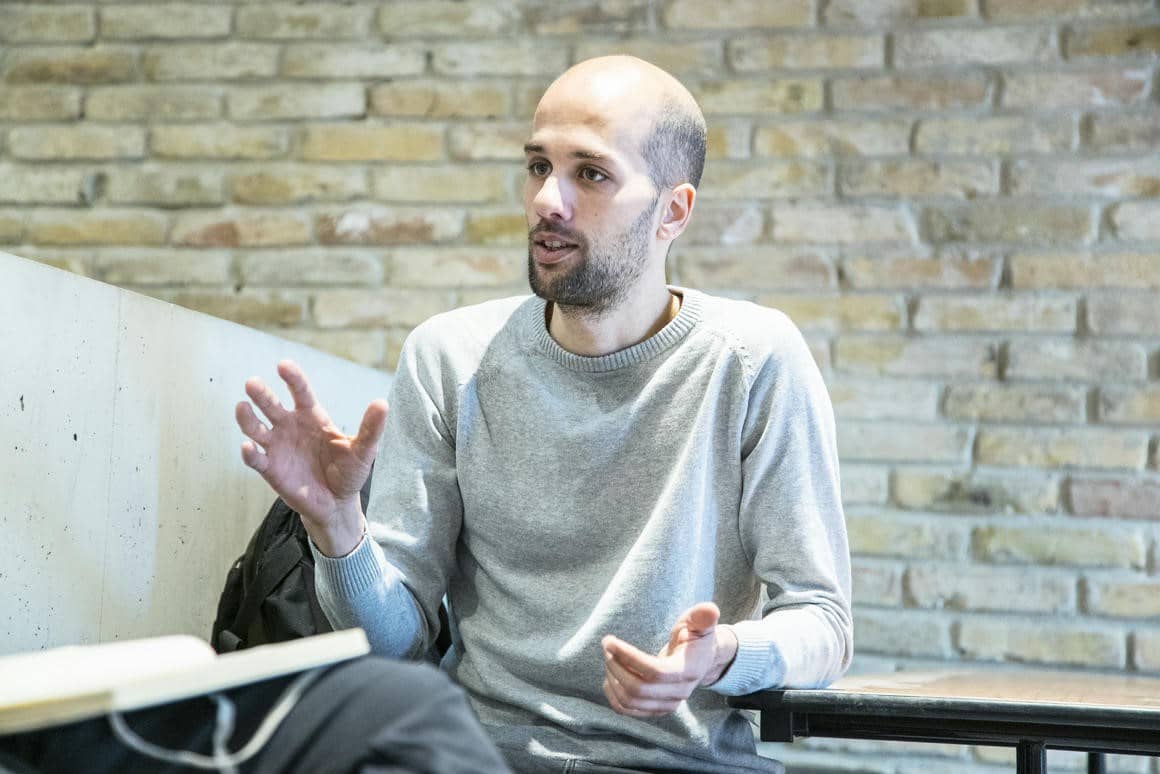What is your motivation for researching the topic of working time reduction?
The current economic paradigm based on continuous GDP growth is environmentally unsustainable. However, zero or negative GDP growth triggers a number of social problems. Unemployment is one of the biggest problems. As companies continuously try to increase labour productivity, less and less workforce is needed for the same level of production. If productivity grows, then we either keep increasing the level of production or reduce the total amount of work used in the production process. If we want to choose the latter for environmental reasons without creating unemployment, then working time reduction is a necessity.
 Miklós Antal
Miklós Antal
What are the hypotheses and the main questions of the MTA-ELTE New Vision research group regarding working time reduction?
We have two main questions, both split into two parts.
(1) Under what circumstances is it feasible to reduce working times? On the one hand, this is studied from a practical perspective. We investigate how working times are measured and how organization-level policies may work. On the other hand, there is a political perspective. This refers to questions like who wants reductions and who opposes them, as well as who has the power to get what they want.
(2) Under what circumstances are such reductions desirable? This is studied from a well-being perspective and an environmental perspective. We look at questions like which workers would choose reductions that were accompanied by wage cuts and what conditions could make such reductions schemes environmentally beneficial.
At what stage is your research currently? What are your main findings so far?
We have identified a large number of working time definitions and indicators, suggesting that organization-level policies will be very diverse. We are working on a measurability indicator for different job contexts that will show where working time can be properly measured and directly regulated. In contexts where working times are not properly measurable, institutional and cultural factors will determine future working hours.
We have systematically reviewed factors that matter for working time preferences at the individual and household levels. In addition, we collected social processes that matter for the context in which decisions are made, using insights from the history of economic thought and from contemporary authors.
We are conducting case studies at three different organizations to look at the motivations behind and well-being impacts of working time reductions. We have shown that the environmental impacts of different types of working time reduction schemes can be very different and that proper measurements are extremely difficult to conduct.
I assume most people would support reduced working hours, still, it seems our societies work more and more. Is working time reduction realistic in our societies where constant economic growth is almost non-questionable?
It really depends on the conditions of reductions whether people would be happy to participate. But on average, we are not working more and more. Empirical data suggest that working hours per person are slowly decreasing in most rich countries. Yet there are social groups where trends may point in the opposite direction. For instance, there are professionals whose work is encroaching on more and more realms of their private lives. The softening of the boundaries between work and non-work plays an important role here, contributing to perceptions of being “always-on”. While our collective dependence on economic growth is clearly a barrier to reductions, a large number of examples in various countries show that change is possible. We aim to better understand where and how.
Are there any examples of when working time reduction has been implemented in a real working environment? If so, what are the results?
Absolutely, there are scores of examples around the world, especially in Western Europe. Some of these can be found in newsletters dedicated to the issue (e.g. here). As there are many examples in different contexts, outcomes are also diverse. Several current trials are essentially condensed workweeks, in which neither the total workload nor wages are changed. These are less interesting to us because they cannot address problems stemming from the drive to constantly increase productivity. We are more interested in those cases where total workloads are reduced. Some of these also imply salary cuts, so both production and consumption are reduced. Others only change workloads, with direct effects on production and indirect effects on consumption.
In Hungary, we study three cases: two large companies in the IT sector and a small importer in the textile industry. They have different working time policies. At one IT company, we investigate how remote work affects work patterns. At the other IT company, we interview participants of an exceptional parental leave program in which fathers can take 16 weeks off with full pay and work 4 days a week for another 6 months before they return to full-time work. The smaller company in the textile industry switched to a 4-day workweek last year, and we study how this has affected workers and the organization. Results in all of these cases show that well-being can significantly increase with shorter hours and more flexibility. Impacts on productivity or the environment are more difficult to measure.
Will the results of your research group go beyond academia and be implemented in real work environments?
Our research is meant to be relevant to various stakeholders. By showing how certain organizations manage to reduce working times, we highlight examples for others who may follow suit. By identifying barriers to reductions, we help policy responses to bring down such barriers. By comparing various reduction schemes, we facilitate evidence-based decision-making. And by talking about these issues in the media, we stimulate public discussions, raise awareness, and change attitudes toward shorter working times.

